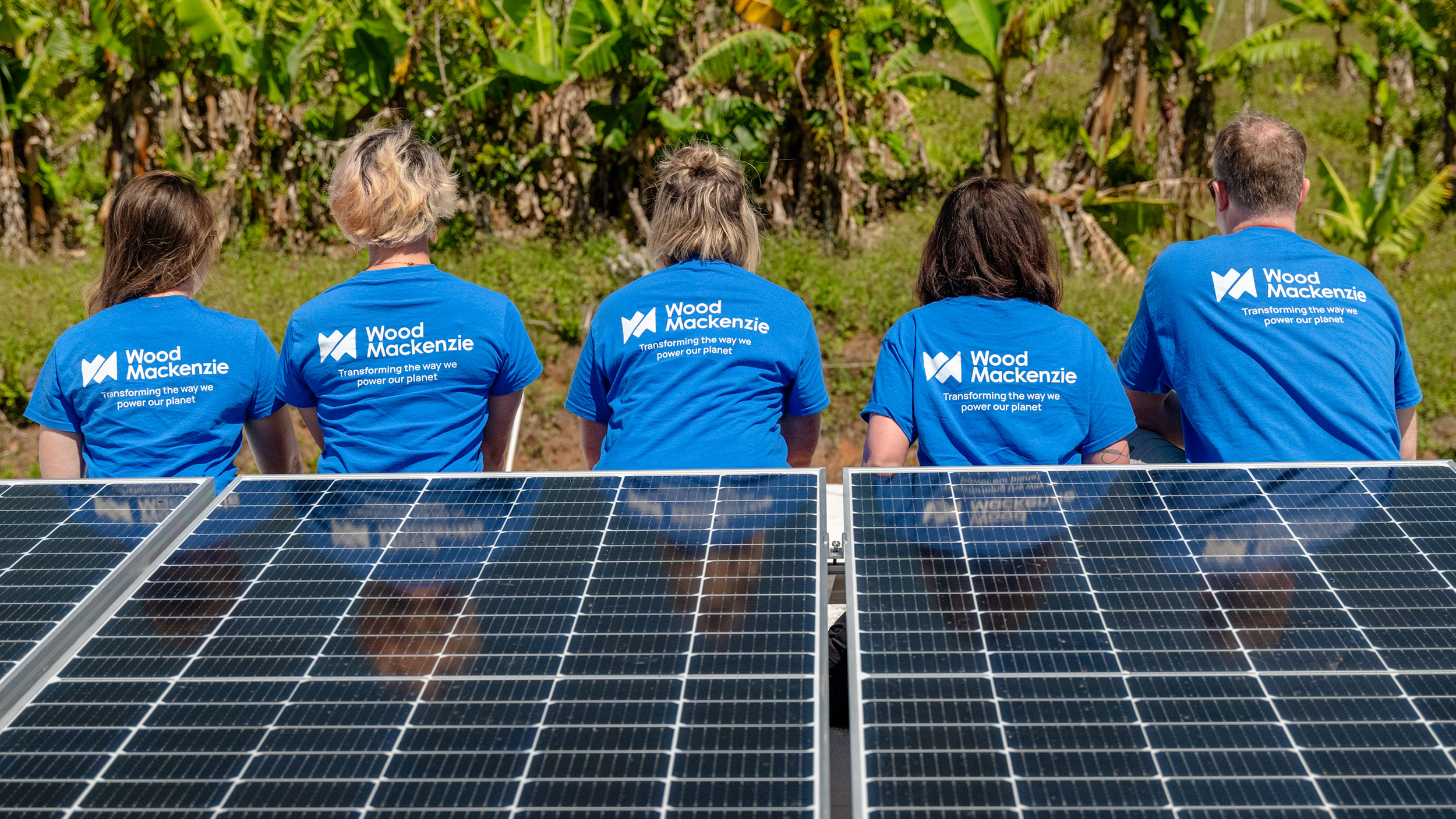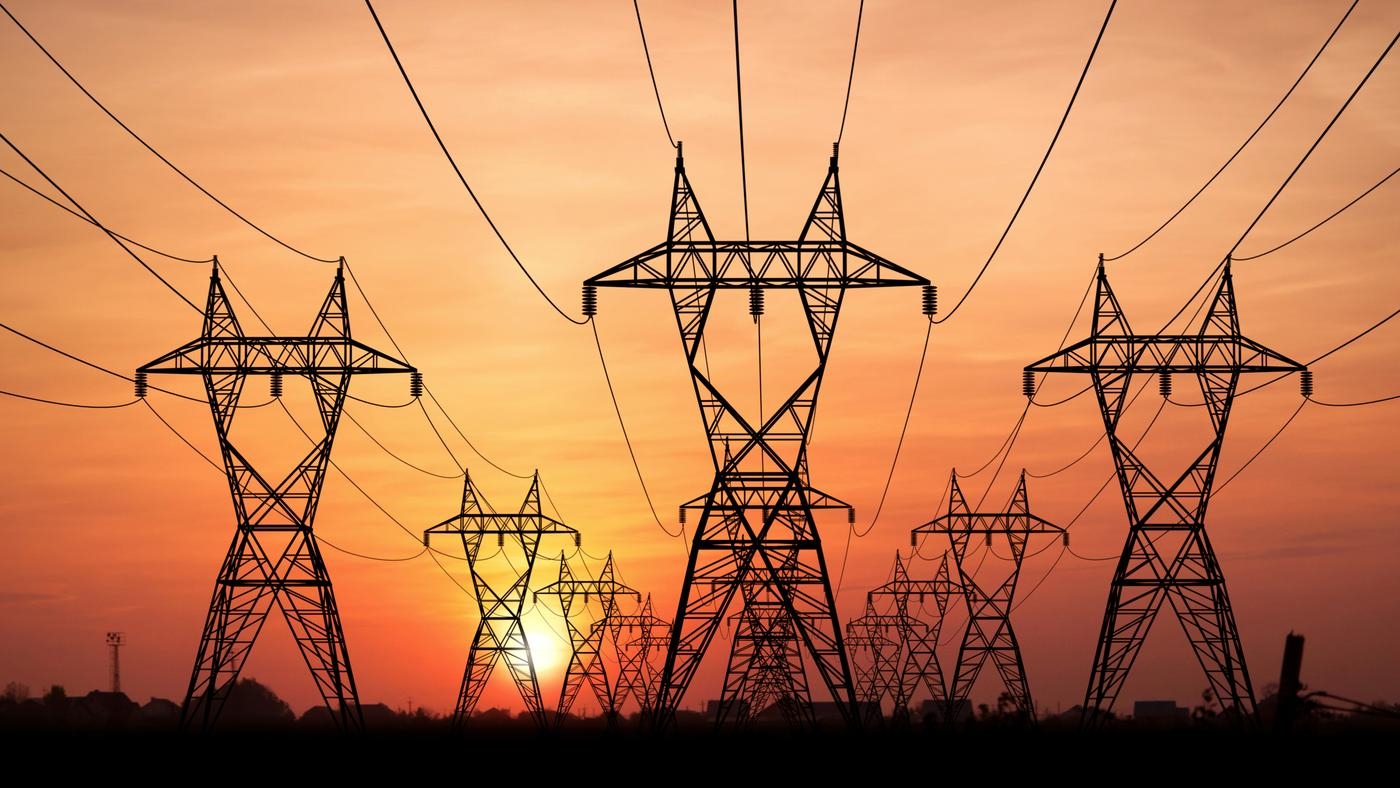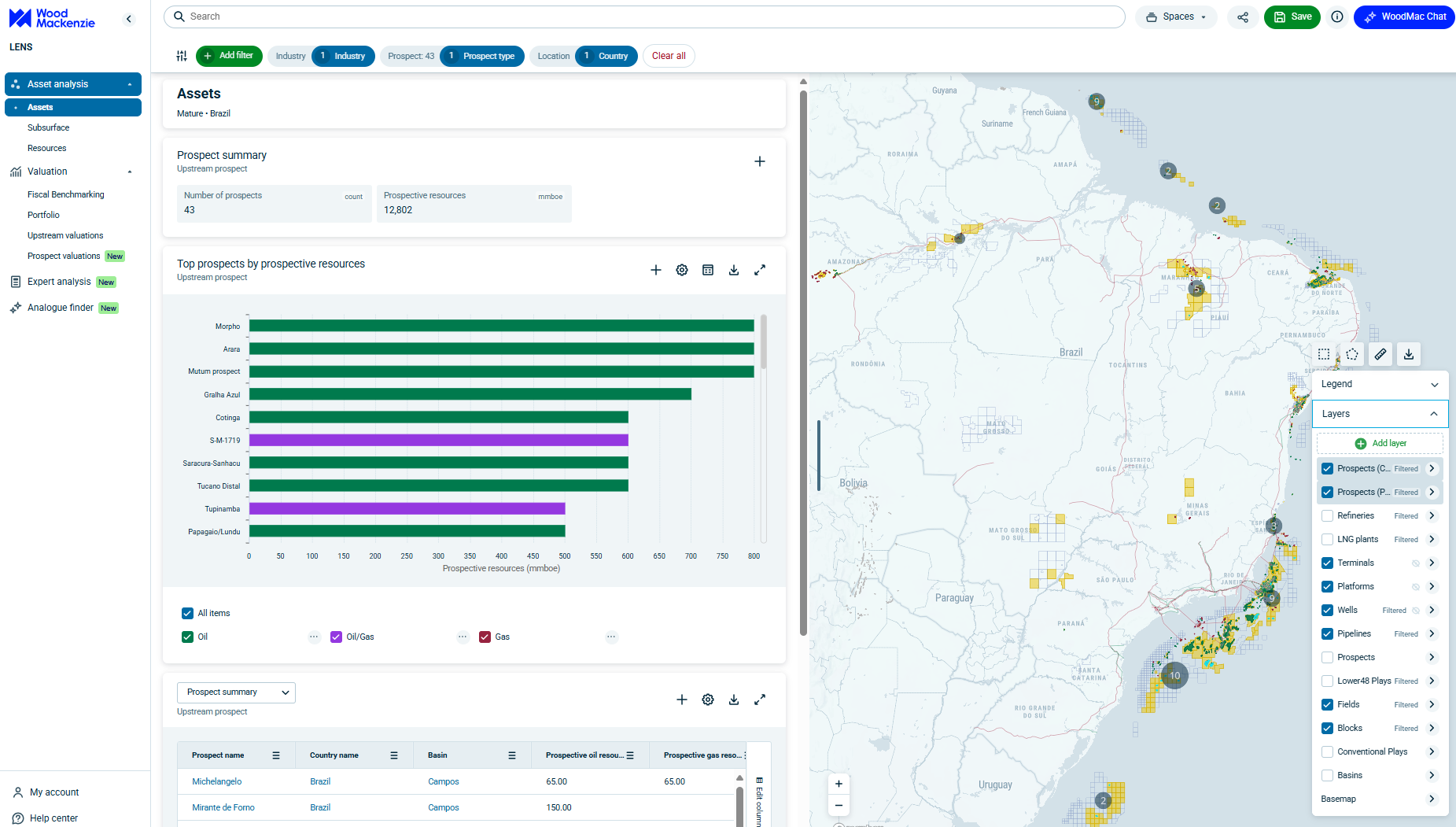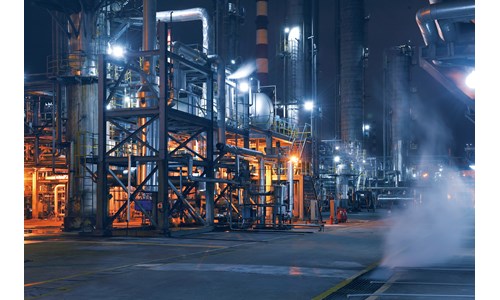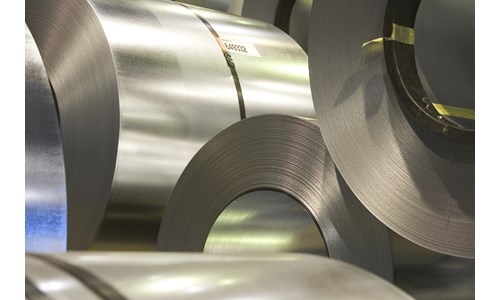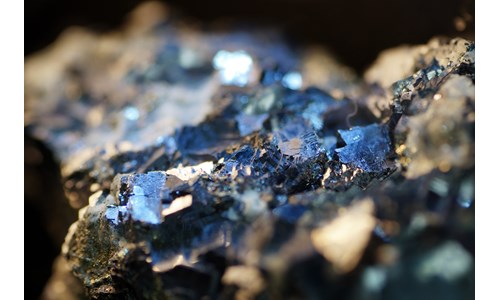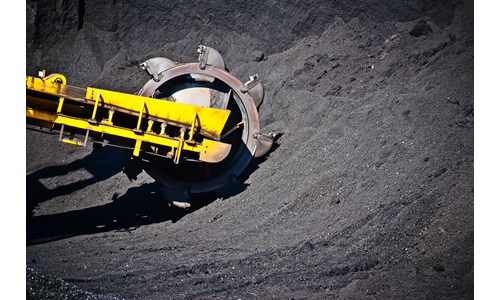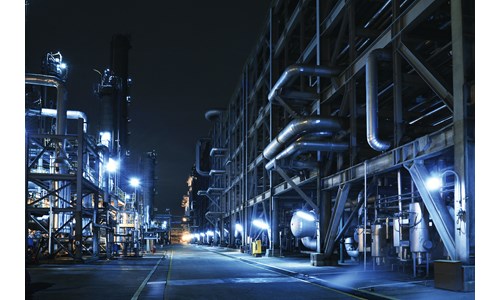Inflation Reduction Act: Where could automakers shift their supply chains?
*Please note that this report only includes an Excel data file if this is indicated in "What's included" below
Report summary
Table of contents
- An easing of strict terms and conditions
-
WoodMac’s take
- Critical Minerals
- Battery Components
- What still needs clarification
-
The impact of the 50%+ value-added condition for critical minerals
- Lithium
- Nickel
- Graphite
- What battery components should automakers target?
-
How many EVs will be eligible for the US$7,500 credit?
- Lithium
- Nickel
- Graphite
- Other metals ex-China
- Do cathode and precursors matter?
Tables and charts
This report includes the following images and tables:
- Sourcing requirements under the IRA
- Critical mineral value breakdown in a battery
- Critical mineral values being greater than the minimum value portion by year
- Battery component value breakdown in a battery
- Battery component values being greater than the minimum value portion by year
- Lithium value addition by stage - mineral concentrate
- Lithium value addition by stage - brine
- Nickel value addition by stage
- Graphite value addition by stage
What's included
This report contains:
Other reports you may be interested in
Delayed Energy Transition: Electric vehicles
Global markets continue to de-prioritise climate action in favour of industrial growth. How low could EV demand growth prospects get?
$1,050Look overseas: global opportunities for Chinese energy storage companies 2024
the overseas expansion of Chinese energy storage companies and the future opportunities in the global energy storage value chain
$3,000Global auto supply chains polarised by rare earth restrictions
The automotive industry faces a shortage of rare earth magnets due to China's export restrictions, which particularly affects EVs.
$1,050